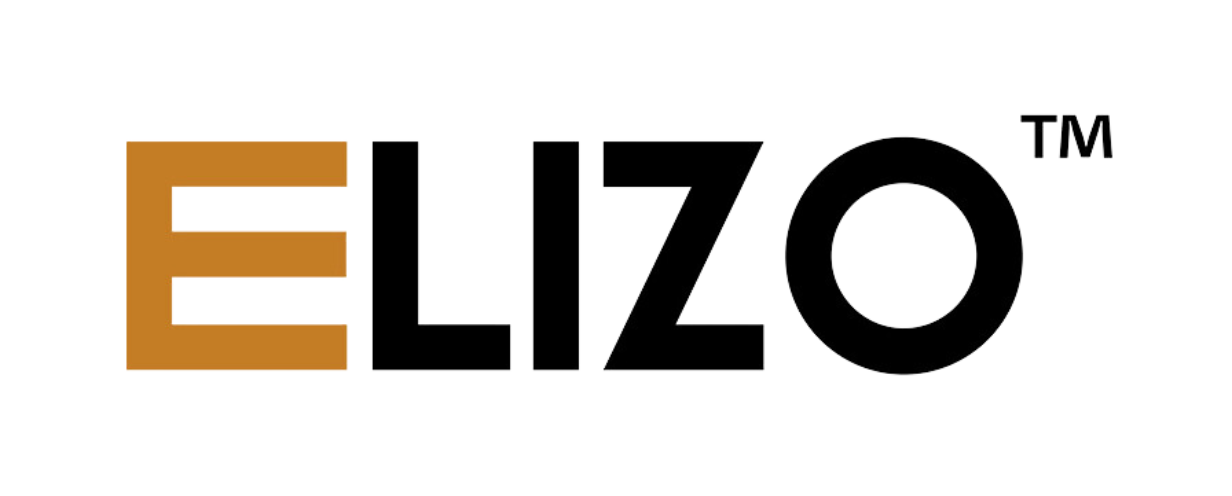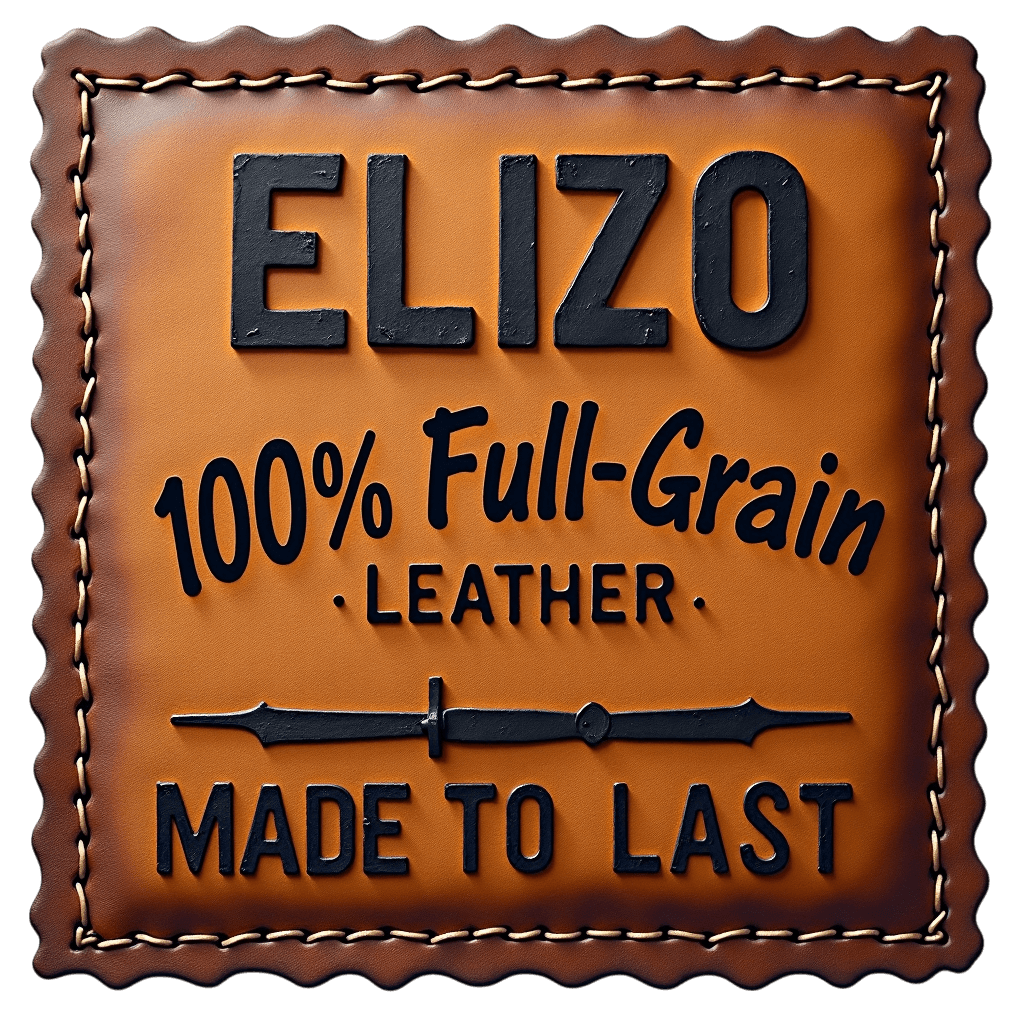Leather Fabric: What You Need To Know
You probably have been living under a rock if you don't know what leather is. Leather is one of the world's most sought-after textiles for its luxurious yet classic look. And this look comes with superb functional properties that make them the go-to material for upholstery and leather goods like purses, shoes, handbags, and jackets.
This article will tell you everything you need to know about leather fabrics, including their types and properties. You will also read about the advantages and disadvantages of using leather.
What Is Leather Fabric?
Leather comes from animal hides and skins that undergo tanning, a process that preserves the collagen fibers in the animal hide or skin. This process results in a leather fabric that is smooth and durable against the elements.
The quality of the resulting leather fabric depends a lot on the tanning process used in leather production. Vegetable tanning, or using natural plant materials to tan leather, produces what most consider the highest quality leather.
But vegetable-tanned leather comes with a high price tag because of the long time and special skills needed to make it. Modern methods and materials are now being employed to produce leather fabrics in shorter periods and at lower costs.
Types Of Leather Fabric
Different methods and materials led to a wide array of leather types or grades. We've listed the major types below, but there are other types that relate to a leather's texture, finishing, or general appearance. Learn more about these leather types here* [*Add link to leather texture article here]
Full Grain Leather
As the name suggests, full grain leather fabric is made from the whole grain layer of animal hides. The grain layer is the outermost and most compact layer, making full grain leather the most durable and premium quality leather type.
Top Grain Leather
Top grain leather fabric is also produced from the grain layer of the animal hides. But unlike full grain, top grain leather has more uniform and blemish-free properties because a portion of the grain layer is removed or buffed out.
Split Leather
Split or non-grain leather fabric is made from the material left over after the hides or skins' full and top grain layers are removed by the process called splitting. This leftover layer can be made into many types of leather, including suede, corrected leather, embossed leather, bonded leather, etc.
Genuine Leather
Genuine leather fabric is a confusing term for a leather type. Genuine leather implies that this material is made from real leather to differentiate it from fake or faux leather. But even a low-quality leather product such as split leather that has been treated, coated, or bonded and therefore not made from 100% real leather can be claimed as genuine leather.
Faux Leather
Faux leather fabric is entirely made from synthetic materials. Any plastic or polymer can be used as a base for faux leather fabric, but the most popular type is polyurethane or PU. A faux leather fabric has zero animal hide in it and is considered vegan and cruelty-free leather.
Properties Of Leather
Leather has a set of distinct properties that make it valuable and desirable. Different leather types have different levels of these properties. For example, a faux leather fabric will have less breathability than full grain leather.
Durability
Leather fabrics are durable as a result of the integrity and strength of the collagen fibers. The compact and dense collagen fibers in full and top grain leathers are responsible for their high resistance to tearing, cracking, or puncturing.
Split leathers like bonded or coated leather fabrics depend on the strength of the bonding or coating material for their durability. In the same way, the durability of faux leather fabrics relies on the linking of its plastic polymers.
Insulation
Insulation is the property of leather to delay or prevent heat from passing through it. Leather is comfortable on the skin and is an excellent heat insulator because its fibers contain a lot of air, a poor conductor of heat. Most leather fabrics, faux and real, are excellent insulators.
Breathability
Breathability is the leather's ability to allow water vapor and air to pass through its fibers. This ability makes leather ideal for clothing and footwear use.
High-quality and minimally coated leather fabrics have the highest breathability and, thus, the most comfortable among leather types. Faux leather fabrics are the least breathable, having no perforations or pores to let air in or out.
Water Resistance
Water resistance is another essential property of leather fabrics. Leathers used in upholstery and making shoes and bags need a high degree of water resistance. But this should come with the ability to resist or absorb water yet can remain elastic and flexible once the fabric dries up.
Adequately conditioned, full grain and top grain leather fabrics can resist water better than any other natural fabrics. These premium quality leather fabrics absorb small amounts of water but retain their shape and smooth texture if allowed to dry properly. Faux leather fabric and other plastic coated or bonded leathers are totally waterproof, just as plastic is waterproof.
Malleability
Leather fabrics are also favored for the ease of molding them into any shape imaginable. Natural leather fibers can extend and contract with heat or expand and shrink with moisture, making them suitable for molding and reshaping.
Synthetic polymers in faux leathers and loose collagen fibers in split leathers also have decent malleability. But these fabrics are difficult to reshape once they've been stretched and mod.
Pros & Cons Of Using Leather
In addition to the valuable properties listed above, using leather also has other advantages. And, of course, these pros come with cons too.
Pros
Leather fabrics, the natural grain types, in particular, have unique color, texture, and overall look. And these unique qualities further develop into a beautiful patina that reflects the owner's past and personality.
Leather fabrics are not prone to insect damage and rarely contain any allergens. This is due to the tanning process that produces natural anti-bacterial substances that preserve the leather fibers.
Leather is a sustainable resource. Natural leathers are biodegradable and come from animal hides which are by-products or wastes of the meat industry. Faux leather uses minimal energy to produce and is easy to recycle.
Cons
Leather is a natural product that is sensitive to its environment. Leather can easily get damaged or deteriorate if not adequately conditioned and maintained. Faux leather is waterproof, but plastics are not flexible and prone to tearing and cracking.
Leather is expensive, especially the premium types. Buying a piece of high-quality leather furniture or shoes is an investment that not everyone can make. And even if you can buy the best on the market, there is no guarantee that it will last if you don't make the extra effort to care for it.
Leather stains easily; water can even leave stains if you leave it too long on the leather surface. Cleaning and stain removal for leather is also not as simple as dumping them in the washing machine. Cleaning leather items might need special products, cleaning methods, or professional help.
Know Your Leather
Knowledge is power, and knowing about leather fabrics is the first step to owning them. Leather fabrics are popular and versatile materials, and now you know why.
If you want to know more about high-quality leather and the types of products you can make from it, we recommend you check our shop here.
Please don't forget to leave your comments and suggestions below. We'd love to hear from you soon!


